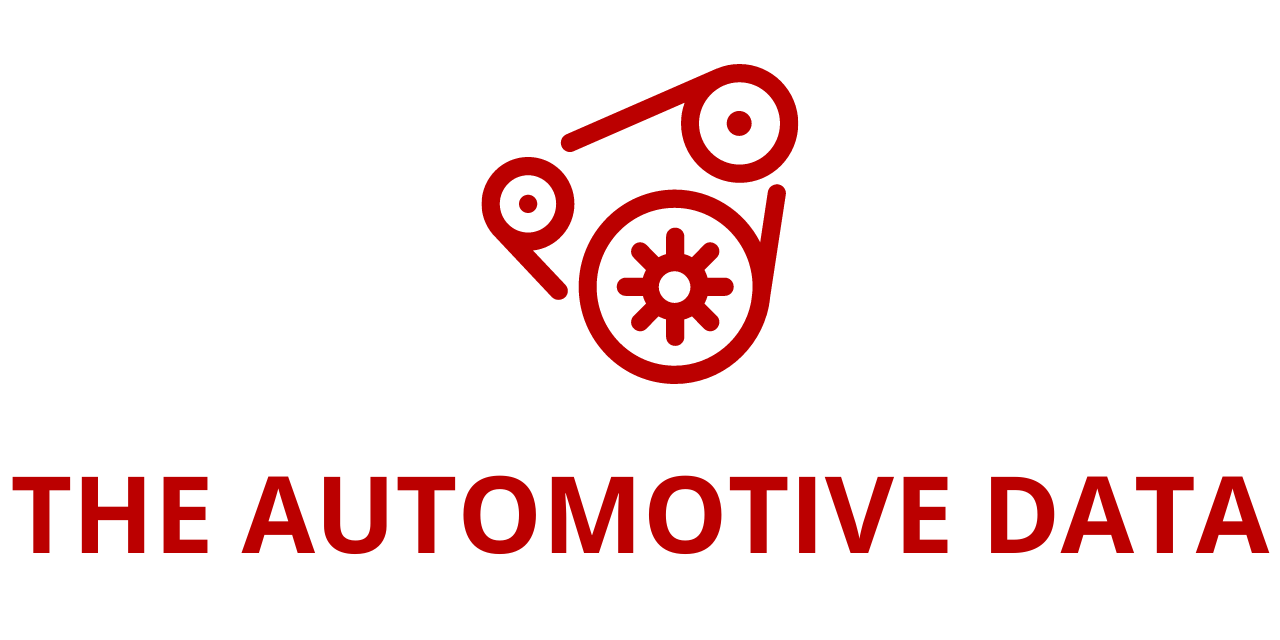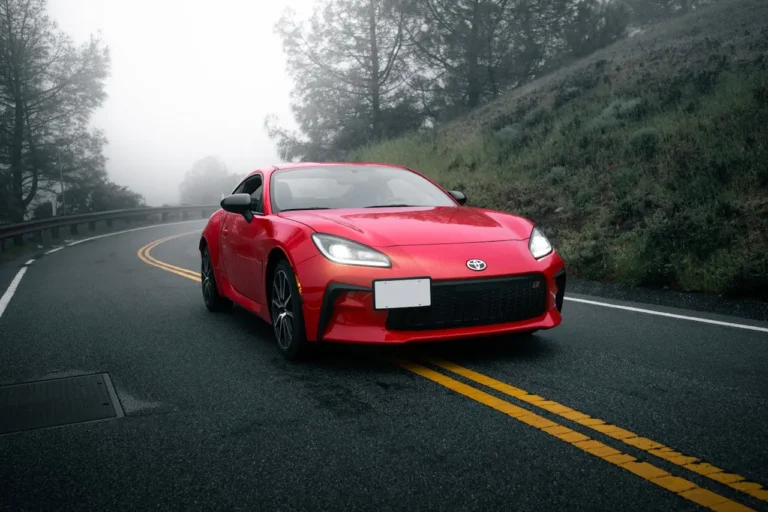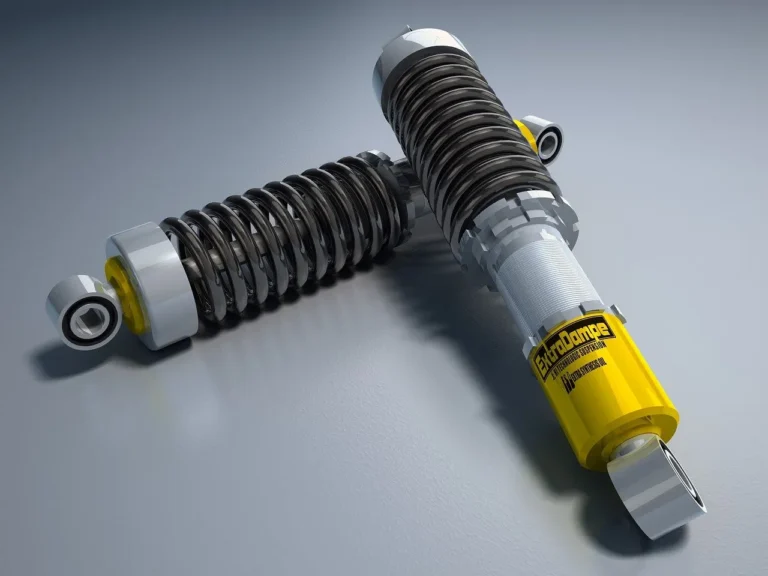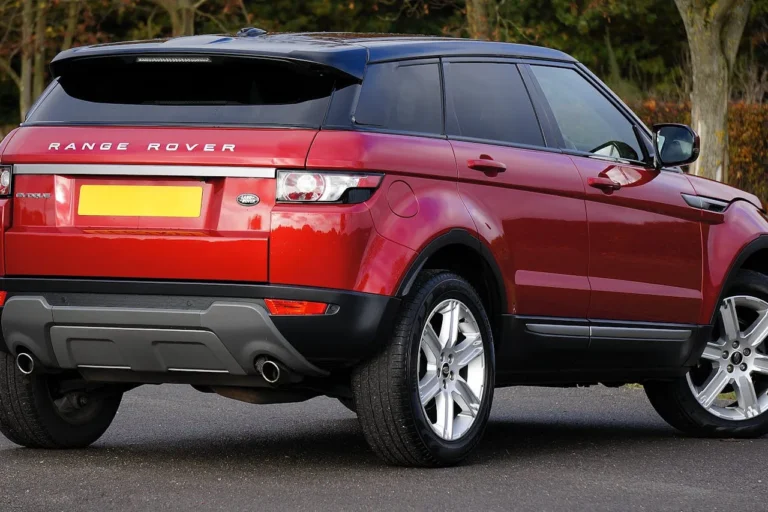
Global Vehicle Computer Tomography Market Report 2025–2034: Trends, Applications, and Regional Analysis
The Vehicle Computer Tomography (CT) Market is emerging as a critical segment within the broader industrial CT and non-destructive testing (NDT) ecosystem. ResearchAndMarkets.com recently added the report titled “Vehicle Computer Tomography Market – A Global and Regional Analysis: Focus on Scanner Type, Application, End User, and Regional Analysis – Analysis and Forecast, 2025-2034”, offering a comprehensive overview of market trends, technological advancements, key players, and regional insights.
The market for vehicle computer tomography was valued at USD 1.39 billion in 2025 and is projected to nearly double, reaching USD 2.97 billion by 2034, registering a compound annual growth rate (CAGR) of 8.76%. This growth is driven by increasing adoption of non-destructive testing in vehicle manufacturing, rising automotive production, and technological advancements in CT systems tailored for automotive applications.
Overview of Vehicle Computer Tomography
Vehicle computer tomography leverages X-ray imaging to produce detailed three-dimensional representations of automotive components without requiring disassembly. These systems are indispensable for inspecting critical parts such as engines, transmissions, battery packs, castings, and composite materials, enabling manufacturers to identify internal defects, assess structural integrity, and enhance product quality.
Technological evolution in this sector includes the development of multi-slice CT, cone-beam CT, and nano-CT scanners, which significantly improve image resolution and scanning speed. Simultaneously, the integration of artificial intelligence (AI) and machine learning has revolutionized automated defect detection, reducing human error and increasing throughput. The combination of high-speed scanning and intelligent image analysis is especially valuable for electric vehicle (EV) battery diagnostics, where internal cell inspection is critical for performance and safety.
Market Lifecycle and Growth Drivers
The vehicle computer tomography market is currently in a growth phase, driven by both technological advancements and industry demand. Automotive manufacturers in regions such as North America, Europe, and Asia-Pacific are increasingly adopting CT technology to comply with stringent safety standards and quality regulations. In the U.S., the focus on innovation, quality assurance, and regulatory compliance has particularly boosted demand for advanced CT systems.
Key growth drivers include:
- Rising automotive production and complexity of components.
- Stringent regulatory requirements for safety and emissions, increasing reliance on non-destructive inspection.
- Expansion of electric vehicle production, necessitating detailed inspection of battery modules and high-performance components.
- Advancements in AI and automation, enabling faster, more reliable, and cost-effective inspections.
- Research and development investments from OEMs and specialized CT system providers to optimize scanner performance for automotive applications.
Strategic partnerships among CT scanner manufacturers, automotive OEMs, and research institutions are accelerating innovation, resulting in tailored solutions that integrate seamlessly into manufacturing workflows. Regulatory frameworks for vehicle safety, environmental compliance, and component traceability further shape the market, creating opportunities for systems that enable real-time inspection and defect analysis.
Key Market Players and Competitive Landscape
The competitive environment in the vehicle computer tomography market combines established industrial imaging leaders with innovative, specialized technology providers. Major players include:
- Nikon Corporation
- Lumafield
- Comet (Xylon)
- ZEISS
- North Star Imaging Inc.
- Fraunhofer Institute for Integrated Circuits IIS
- Baker Hughes Company
- Mircea Tudor Scan Tech
- OMRON Corporation
These companies focus on high-resolution CT scanners, automated inspection systems, and AI-enabled image analysis. They are also exploring portable and modular solutions for on-site battery diagnostics and aftermarket inspection services. Emerging entrants are driving innovation through cost-efficient, compact CT scanners, and AI integration specifically designed for EV manufacturing and component testing.
Competition is primarily fueled by:
- Strategic collaborations with automotive OEMs and suppliers.
- Continuous product innovation, including faster scanning speeds and enhanced image quality.
- Expansion into emerging regions, particularly Asia-Pacific, where automotive manufacturing is rapidly increasing.
- Offering scalable solutions that meet evolving safety, performance, and regulatory standards.
Applications and End Users
Vehicle CT systems serve multiple critical functions in automotive R&D, production, and maintenance:
Applications include:
- Quality Control: Ensuring components meet design specifications and safety standards.
- Prototype Development: Non-destructive evaluation of prototypes accelerates design cycles.
- Material Analysis: Investigating microstructure, density, and defects in metallic and composite parts.
- Non-Destructive Testing (NDT): Detecting voids, cracks, or other internal anomalies.
- Structural Integrity Assessment: Verifying strength and durability of components under simulated operational conditions.
End users encompass:
- Original Equipment Manufacturers (OEMs), implementing in-line CT systems for assembly quality checks.
- Automotive aftermarket and service providers, offering component evaluation and maintenance solutions.
- Research and Development Institutions, conducting advanced material and design studies.
- Tier 1 and Tier 2 suppliers, integrating CT inspection to ensure high-quality components before assembly.
Regional Insights
The market exhibits diverse regional dynamics:
North America: The U.S., Canada, and Mexico lead due to stringent safety regulations, automotive innovation, and high adoption of EVs. The U.S. particularly dominates due to its focus on automation, AI-based inspection, and quality assurance programs.
Europe: Germany, France, Italy, and the UK drive demand, fueled by high automotive standards, EV adoption, and emphasis on lightweight, high-performance components.
Asia-Pacific: China, Japan, South Korea, and India are witnessing rapid growth in CT adoption, owing to rising vehicle production, EV manufacturing, and government initiatives promoting advanced manufacturing technologies.
Rest of the World: Latin America, the Middle East, and Africa are gradually adopting vehicle CT technologies, with growing investments in automotive production and quality assurance infrastructure.
Market Challenges
Despite strong growth, the vehicle CT market faces some challenges:
- High initial costs and operational expenses associated with advanced CT systems.
- Requirement for specialized technical expertise to interpret complex 3D imaging data.
- Integration complexities with existing manufacturing lines, especially in traditional assembly plants.
- Limited awareness in smaller automotive markets, which may slow adoption in certain regions.
Market Outlook
The global vehicle computer tomography market is expected to sustain strong growth through 2034. Demand is likely to accelerate with expanding EV production, increased focus on lightweight and defect-free components, and ongoing technological advancements in AI and high-speed scanning. Investments in R&D and strategic partnerships will continue to drive innovation, reducing operational barriers and creating more cost-effective, integrated CT solutions for automotive manufacturers.
Report Features
The comprehensive report includes:
- 140 pages of detailed analysis covering market trends, technology landscape, and competitive benchmarking.
- Forecast period: 2025–2034.
- Market value estimates: USD 1.39 billion in 2025, USD 2.97 billion in 2034.
- CAGR: 8.7%.
- Regional coverage: North America, Europe, Asia-Pacific, and Rest of the World.
- Segment analyses: Scanner type, application, and end user.
- Company profiles: Overview, key products, top competitors, target customers, key personnel, and market share.
- Technology insights: Innovations in AI, automation, high-resolution imaging, and portable CT systems.
- Investment landscape: Emerging start-ups, R&D trends, and opportunities in new regions.
Key scanner types analyzed:
- Industrial CT scanners
- Mobile CT scanners
- Automated CT scanners
- CT scanners with AI-based analysis
Applications covered:
- Quality control
- Prototype development
- Material analysis
- Non-destructive testing
- Structural integrity evaluation
End users covered:
- OEMs
- Automotive aftermarket and service providers
- Research and development institutions
- Tier 1 and Tier 2 suppliers
Competitive benchmarking and future outlook highlight next-generation scanning solutions, geographic expansion, and market strategies to capitalize on growing automotive quality assurance demands.







